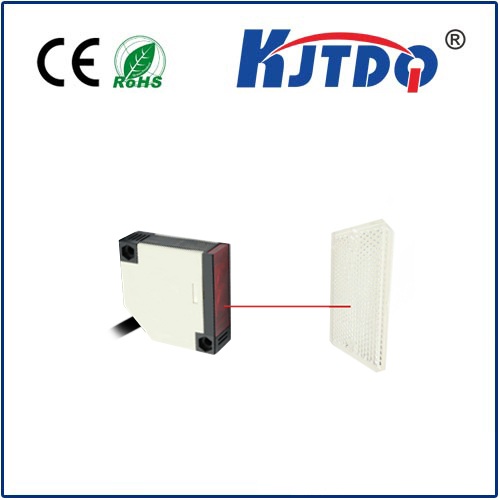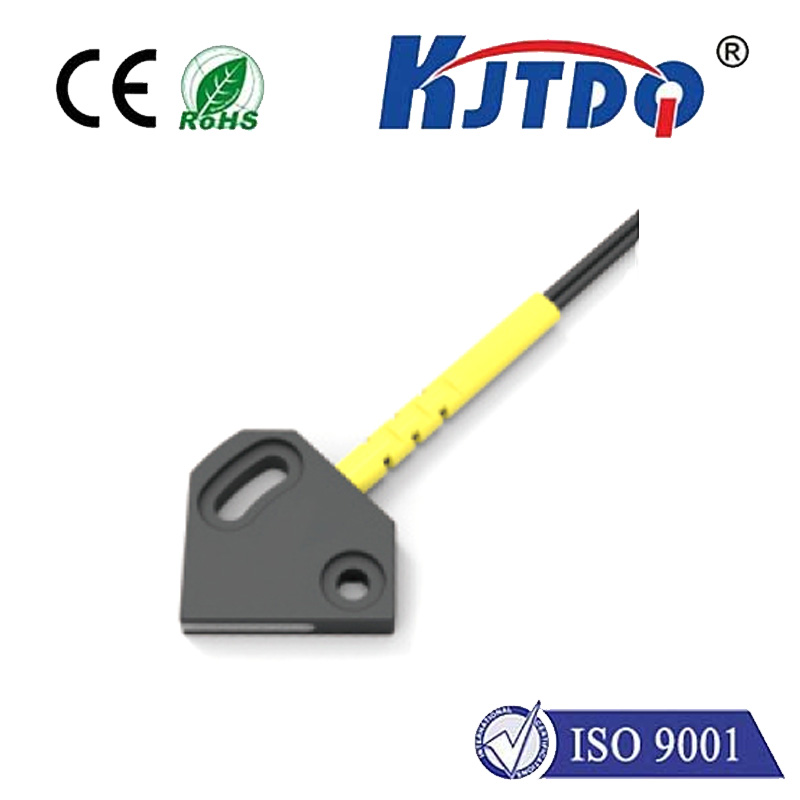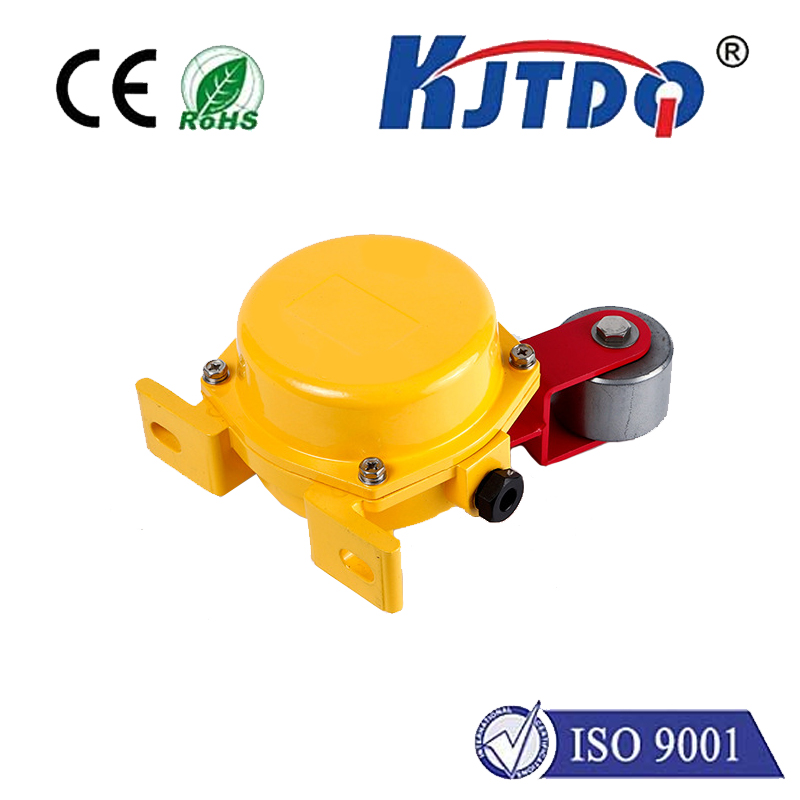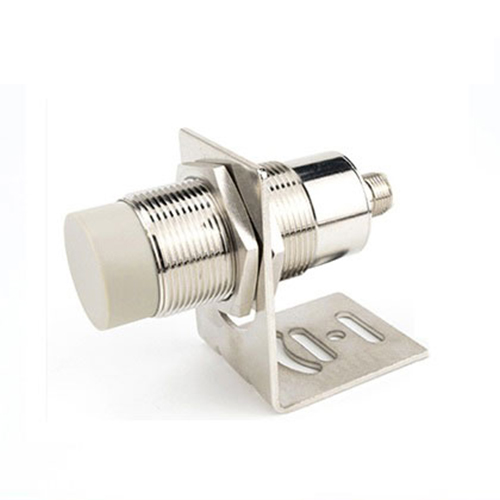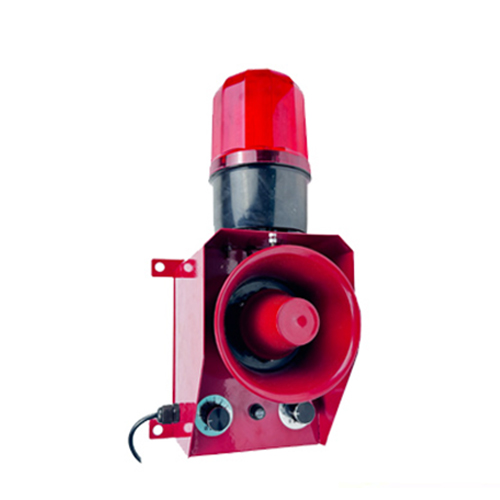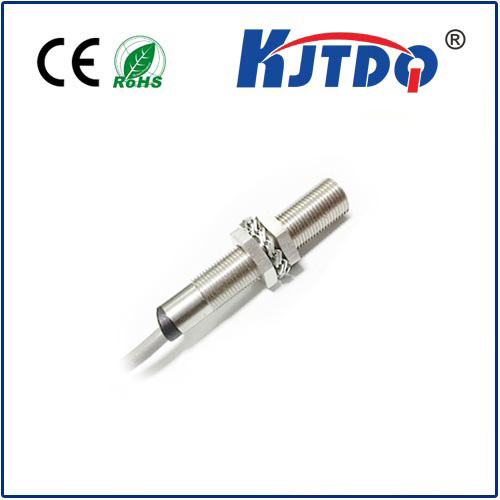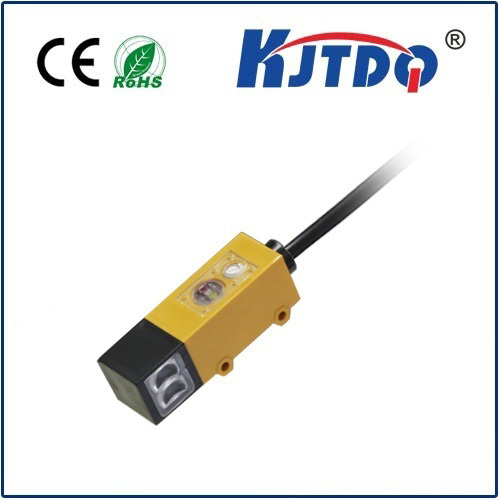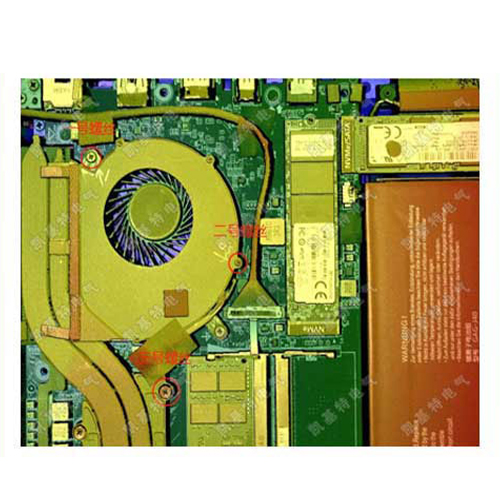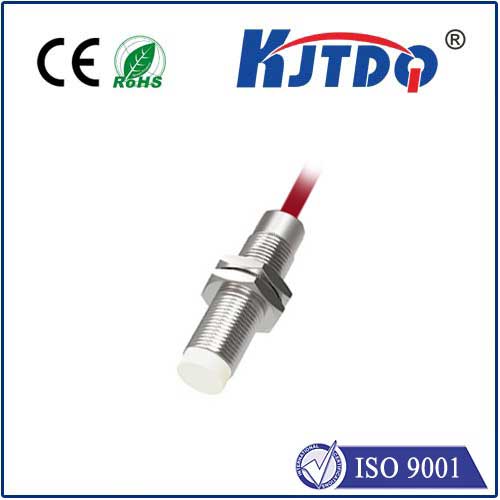

check

check

check

check
Title: Enhancing Accuracy and Reliability with Analog Laser Distance Sensors
Introduction
Analog laser distance sensors are revolutionizing the industrial, commercial, and automotive sectors by offering a reliable and accurate measure of distance. These sensors utilize a laser beam to determine the distance between the sensor and an object or target, providing highly precise measurements that can be used for various applications such as automation, robotics, and navigation systems. In this article, we will explore the key features and benefits of analog laser distance sensors and how they are transforming industries worldwide.
Key Features and Benefits of Analog Laser Distance Sensors
1. High Accuracy: Analog laser distance sensors offer exceptional accuracy, making them ideal for demanding applications where precision is crucial. They can measure distances down to fractions of a millimeter, ensuring precise control over machines and equipment.
2. Wide Range: These sensors can operate in a wide range of environments, from extreme temperatures to high levels of humidity and vibration. This makes them suitable for use in various industries, including food processing, manufacturing, logistics, and transportation.

3. Non-Distorting: Analog laser distance sensors do not suffer from distortion caused by reflections or refractions, which can affect the accuracy of other types of distance measuring devices. This ensures that the sensor provides consistent and reliable measurements over time.
4. Easy Integration: Analog laser distance sensors are simple to integrate into existing systems, allowing users to quickly and easily add them to their processes without requiring significant modifications or investments in new equipment.
5. Long Battery Life: Many analog laser distance sensor models feature long battery lives, reducing downtime and increasing productivity in industrial settings. Additionally, some models offer wireless connectivity options for even more convenience and flexibility.
Applications of Analog Laser Distance Sensors
Analog laser distance sensors have a wide range of applications in various industries, including:
1. Automobile Industry: These sensors are essential components in autonomous driving systems, helping cars navigate roads accurately and safely. They are also used in parking guidance systems and collision avoidance technologies.
2. Robotics and Industrial Automation: Analog laser distance sensors play a crucial role in robotics applications, enabling robots to perceive and interact with their environment accurately. They are also useful in industrial automation processes, where accurate distance measurement is critical for optimizing machine performance.
3. Agriculture: The sensors are used to monitor crop growth and health, ensuring optimal yield and reducing waste. They can also be used to detect weeds and pests, allowing farmers to take proactive measures to maintain their crops' quality.
4. Medical Technology: Analog laser distance sensors are employed in medical imaging systems, enabling doctors to precisely measure distances between objects within the body during surgeries. They are also useful in patient monitoring devices for tracking vital signs and detecting changes over time.
Conclusion
Analog laser distance sensors have revolutionized the way industries measure distances, offering unparalleled accuracy, reliability, and versatility. With their ability to operate in a wide range of environments, these sensors are increasingly popular worldwide due to their efficiency and ease of integration into complex systems. As technology continues to evolve, it is likely that analog laser distance sensors will play an even greater role in shaping the future of industry and automation.
